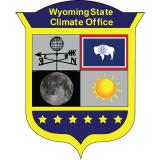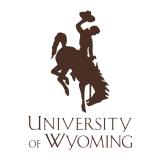Intermountain West Drought & Climate Outlook Webinar: February 20, 2024
As of February 20, current drought conditions vary widely across the Intermountain West. The southern states in the region continue to sustain drought conditions with 88.2% of New Mexico in drought (D1-D4) and 54.6% (D1-D3) of Arizona. The northern states are reporting less drought with 21.7% of Wyoming in drought, 11.7% of Colorado, and only 3.8% of Utah in drought (D1-D2).
This webinar examined current conditions for the Intermountain West and the forecasted drought conditions for Arizona, Colorado, New Mexico, Utah, and Wyoming.
For more information, please contact Dr. Gretel Follingstad (gretel.follingstad@noaa.gov).






